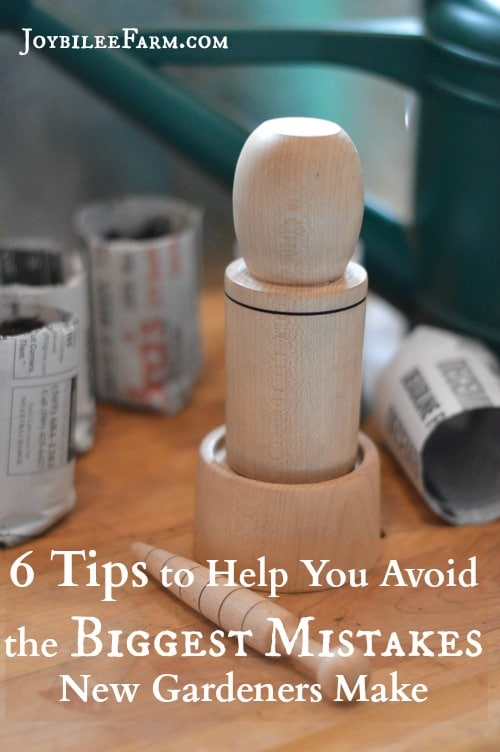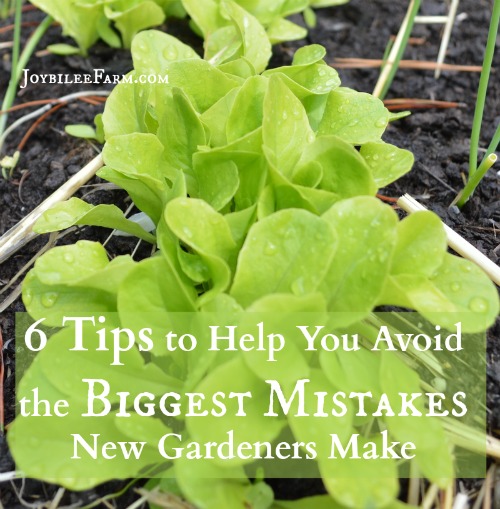Did you see the prices of fresh produce?
Did you see how much the price of fresh produce has gone up in the last 2 months? Other food has gone up in price, too. Even pet food is feeling the inflation.
Ounce for ounce a can of tuna cat food is more expensive than a pound of organic grass-fed ground lamb. I know. I was shocked when I did the math, too. Local, grass-fed ground lamb is $8 a lb. here. Tuna cat food works out to $18 a lb.
Even local potatoes were $2 a pound, the same price as imported sweet potatoes. That’s pretty shocking to this frugal momma. I’m used to paying 50 cents a pound for local potatoes. And I can’t even look at the cauliflower. It’s $7 for a tiny head. That’s more expensive than a rotisserie chicken pound for pound.
When food prices are sky rocketing lots of people start to think, “this is the year I should begin a garden”. But you know what? Most of them don’t do their homework. And they fail right out of the gate. They buy the wrong seed for their growing zone. They plant everything on the same weekend. Then they lose their food harvest because they don’t have time and they can’t keep up. They don’t know the difference between a harvest-ready cauliflower and a purple cabbage, so they don’t the harvest in before the cauliflower bursts. That information is in this post.
6 gardening tips for beginners
Here’s my best gardening tips to help you win the “gardening for beginners” game. Don’t be like the majority of new gardeners and quit in your first year. Do your homework. You can win this and feed your family wholesome, organic fruits and vegetables year in and year out, with hardly any work. It just takes some planning and putting these gardening tips to good use.
1. Buy your seed from a local seed company
The seed sold in hardware stores and big box stores is sourced by national buyers from international seed companies for “average” growing conditions. But you live in a specific climate and growing zone. While you may be lucky and get just the right seed for the length of your growing season, with the amount of water and heat units YOU get each season, the odds are against you.
Local seed companies know the average length of your growing season, as well as the number of heat units you can expect in your region each summer. They choose their seed accordingly. So choose their seed over the seed you see in the Big Box Store. While it may seem more expensive, the cheaper seed from the big box store is no bargain if it doesn’t produce a harvest.
2. Know your first and last frost dates
Talk to your neighbors or your local garden centre and find out your average first and last frost day. Do this before you order your seed. There can be as much as 2 or even 4 weeks difference between your garden and the garden 1 mile away from you. How much sun you get and whether you are in the shadow of a larger landscape feature, directly affect the warmth your garden receives. Your proximity to a lake or other body of water can also influence your first and last frost dates.
Once you know your first and last frost dates you’ll have a good idea of the expected length of your growing season in days. This is important information so write it in your gardening notebook so you will remember it.
My expected garden season is June 15 to August 20th or there about. I have 66 days of expected frost-free growing season. I can extend the season by starting seeds indoors, and covering the garden bed when I expect frost. However I can’t change the amount of warmth that penetrates the ground for seed germination or the amount of warmth that my plants get for pollination. Bees need a certain amount of warmth to pollinate, and even the pollen is susceptible to extremes of hot and cold.
Therefore, I wouldn’t buy squash seed that needs 120 days to mature. That’s almost twice as long as I get. Squash, corn, cucumbers, melons, and beans need warmth. Any heat loving plant that needed more than 66 days to grow and mature its fruit isn’t going to reliably feed me. I don’t waste garden space on them (anymore.)
3. Know your plant hardiness zone.
The “Plant Hardiness Zone” gives you information about the expected coldest winter temperatures in your area. Plant hardiness information for specific perennial plants lets you know the coldest temperatures that specific plants can survive.
You’ll need to know your Plant Hardiness Zone. Mine is zone 3 because in test years we can get as cold as -40F/C. My perennial plants have to be able to survive that cold.
You’ll also need to know the expected plant hardiness of any fruit trees, flowering shrubs, or perennial herbs and vegetables that you consider growing. This is expressed as a range of zones. For instance Asparagus is hardy in zone 5 to 9. If a plant is zoned for a higher zone than you have, that plant will need special care to survive. Since I am in zone 3, I have to plant asparagus a little deeper, and cover the ground with a thick layer of mulch for winter, to grow it successfully.
Snow is insulating. If you get a reliable snow cover you can stretch the lower end of the plant hardiness zone for low lying perennials.
This is a general guideline only. Experienced gardeners often try plants that stretch the limits of their growing season and plant hardiness zone.
There’s a gardener in Abbotsford, British Columbia that documented outdoor, plant-ripened, bananas in his zone 7 garden last summer. People in cooler climates grow figs in pots and bring them into a protected, area for the winter. Know your plant hardiness zone, and understand that if you plant something outside that gardening zone, it will need extra care and protection.
4. Learn how to read the seed catalog information
Now that you know the length of your frost free growing season, and your plant hardiness zone you’re ready to peruse the seed catalog of your choice. Inside the catalog you’ll find information about each variety of vegetable, herb, or flower. Your local seed catalogs is full of gardening tips that will help you succeed.
The seed catalog should tell you:
- Whether the plant is a hybrid or open pollinated, hybrids are designated F1 or F2 depending on the number of generations the hybrid is removed from the parent plants. Open pollinated plants grow true to their parents and are designated as OP or “heirloom”.
- The length of days from seeding to harvest. You’ll want to pick varieties that fit into the number of frost free days you have.
- In the case of herbs or flowers, whether the plant is a perennial, Perennial vegetables, like asparagus or artichoke, will be mentioned, but it will be assumed that all other vegetables are grown as annuals.
- A description of the plant.
- A list of the diseases that plant is bred to resist.
- Any plant growth information that is specific to that variety. For perennials this will include plant hardiness zone.
- How many seeds per gram, which tells you how many seeds you’ll find in the package, based on the weight of the package.
- Price per packet, and price per specific larger packages that are sold be weight or by number of seeds. If a price is per 1M – this denotes that 1,000 seeds are in that size package for the price listed. Generally seed sold by quantity of seed are more expensive than seeds sold by weight.
- The seed catalog should also tell you when to plant each variety of vegetable in reference to your last expected frost date. It’s usually expressed as the number of days before your expected last frost date or “direct sow when all danger of frost is passed”. By paying attention to this information you’ll plant at the ideal time for each vegetable and extend your harvest period through the growing season.
5. Have your goal in mind when you decide what seed you need, so you don’t blow your budget.
You’ll find a huge variety of pricing and package sizes in the seed catalog. Consider what your goal is as you pick which package you want.
For instance, the West Coast Seed Catalog lists 38 lettuce varieties, 12 lettuce varieties specifically bred for baby leaf production, and 3 packages of mixed lettuce seed for mescalun mix growing. Days of maturity vary from 35 days for baby leaf production and 45 to 70 days for mature lettuce. Generally hybrid seed is pricier than open pollinated seed, except that new introductions are higher priced than older, more common seed. Prices vary from $3 per 1,000 seeds (1 gm.) to $25 per 1,000 seed.
The higher priced seed is for market growers who are looking for lettuce that allows them to stand out at the market, and attract customer attention. The lower price seeds are the more common varieties grown by home gardeners, or by market gardeners who are filling out a mixture with some expensive lettuce varieties and some more common lettuce varieties, to reduce costs.
As a beginner invest in the lower priced seed. More expensive seed won’t make you a better gardener. But it might make you hurt more if your efforts fail.
6. Keep a gardening notebook or journal
In your notebook write down your first and last frost date. Note the high temperature and low temperature of each day, so that you begin to get an idea of the growing conditions for your own garden over time. After 5 years of doing this, you’ll be smarter than the garden centre. A min-max thermometer will measure the extreme high and low of each day, making it easy for you to get an accurate measurement. I prefer the non-digital models.
Note any unusual occurrence like a hail storm or a wind storm that affected your crop. Note the amount of rain you get during the growing season and keep a record of your need to water. A rain gauge will let you measure rainfall. Empty it after a rainfall and record the rainfall in inches or centimetres in your gardening notebook.
Your own garden can teach you more than books or blogs or even gardening courses if you’ll pay attention to what it’s telling you.
Expect to have both crop failures and successes. Learn what you can from both and record it in your gardening notebook.
Angi Schneider at Schneiderpeeps has a very useful resource to help you with this. The Gardening Notebook is a printable pdf that you can put in a binder or even have printed and bound at an office supply store. Use it daily during garden season. This record is invaluable to your gardening success.
Do your homework
The majority of beginner gardeners quit before they harvest their first cabbage. The reason they fail is neither lack of time nor lack of money. They fail because they don’t do their homework. Don’t be one of them. Follow these gardening tips. A successful harvest in September begins with the homework you do in January.








Leave a Reply